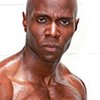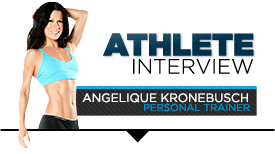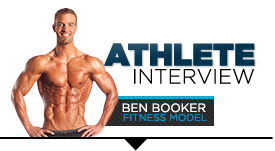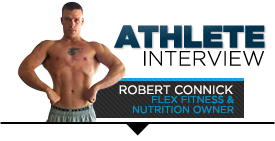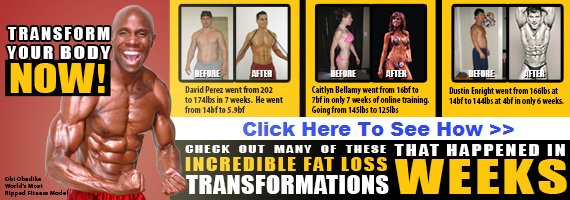Ever wonder why your trainer chooses certain exercises or makes you run sprints on the treadmill? A good trainer doesn't just make up exercises to torture you. Good trainers always have a method behind their madness.
These three personal trainers have taken some time out of their busy schedules to answer questions about why they do what they do. From ab training, to HIIT cardio, to the benefits of front squats, it's time to get some insider knowledge from fitness influencers!
Angelique Kronebusch: HIIT cardio is fast, effective, and does not waste your muscle. If an individual is trying to achieve results quickly, steady-state cardio is a waste of time. Why walk for one hour on the treadmill when you can get better results from 20 minutes of sprinting? I'd much rather work out harder in a short amount of time than do an hour of boring cardio.
I prefer kicking my clients in the butt with HIIT cardio like rowing intervals, sprint intervals, or intervals on the Jacob's Ladder. For a more old-school approach, I take clients outside and have them run up stairs or bleachers. I lean toward this type of cardio because the results always speak for themselves: Clients get leaner in a shorter amount of time.
Ben Booker: It is important to look at HIIT and steady-state cardio in the context of a person's goal and the design of the program. If I emphasize a muscle-building, low-rep, heavy-weight week, then I recommend steady-state cardio. Steady-state provides the fat burn without affecting muscle gain. HIIT is still my favorite, however, because you can get an amazing total-body, fat-torching workout in 15-25 minutes.
I am all about efficiency. Most people don't have hours on end to spend killing it in the gym. My general training methodology consists of four days of resistance training. If the client's goal is fat loss, then he or she should do 20 minutes of slow, steady-cardio immediately following the training session. During the off days, clients have the option of doing additional cardio. They can do HIIT or steady-state, depending on intensity of the training week and the ultimate goal.
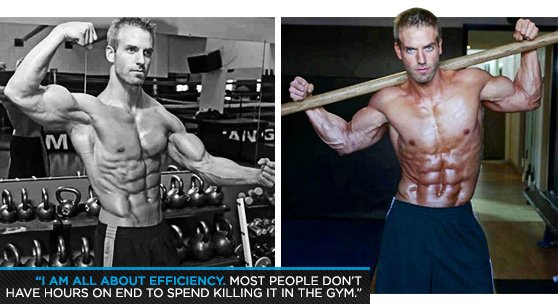
Robert Connick: HIIT has become more and more popular in recent years, and has been considered more productive than steady-state cardio (SSC). SSC is aerobic, while HIIT is anaerobic. SSC results in an increased aerobic capacity with little to no effects on your anaerobic capacity. HIIT results in an increased anaerobic capacity and an increased aerobic capacity. SSC may burn more calories than HIIT during the exercise, but HIIT can keep your metabolism going so you burn more calories for hours after the workout.
For my clients, I like to include all types and forms of cardio. My favorite forms to include are sprints, jump rope, and metabolic weight training. I switch between these types of cardio to continually keep things fresh. Let's face it: Most of us do not like cardio. Keeping the workout as interesting as possible will help ensure clients get it done and get the most out of it.
Angelique: I always see people trying to copy other gym members instead of hiring a trainer. Most people do not see the benefit of having a trainer. Instead, they just look around and copy whatever someone with their ideal physique is doing, or they just look confusedly around and continue working with the same machines over and over again. Most people aren't educated about training and never get the results they want. That's when people get discouraged and quit.
Ben: I see too many people who hit the gym without any sort of plan or knowledge of how to train progressively toward a goal. A lot of people spend hours in the gym picking up weights and lifting without any idea about correct form or focus. People also read the most recent magazine and choose a workout or program for that week, only to switch it up the next week because they have found a new and "better" program. I believe if you do your research, choose a proven 6-12 week program, and stick to it, it'll work 90 percent of the time. So many people have no direction. I was one of those people until I began asking questions and learning. Find a program and stick to it.
Robert: I see a lot of individuals trying to go too hard, too fast. You must first learn correct form, rep speeds (tempo), or when to ask for assistance on lifts. These mistakes can be attributed to ignorance or "ego lifting." Lifting poorly usually leads to injury. Learning good form, proper speed, and how to ask for help will decrease your chances of an injury and help you get the most out of your training sessions.
Angelique: I think it depends on the individual, the goal, and the beginning fitness level. I have used full-body training with lots of compound exercises for most of my clients, especially the ones who need weight loss. Results will come fast, especially when I start throwing in supersets.
Ben: I like cross-training. I design 12-week programs that have different levels of training. I like to mix dumbbells, barbells, and machines. Or, depending on the fitness of the client, I also use bands.
Robert: Each client is different. I choose training methodology per their goals, their medical history, and their current abilities. My personal favorites vary between tempo-driven lifting and high-intensity training along with supersets. These training types are great for dropping body fat, cutting for a show or photo shoot, and adding mass.
Angelique: In my opinion, the back squat is the better choice because it recruits the hamstrings and glutes, as well as the quadriceps. Front squats are more quad-dominant, so if an individual wants to shape and strengthen their glutes and hamstrings, they should incorporate back squats.
If you do incorporate back squats, make sure you learn proper form!
Ben: The back squat allows you to use more weight, which can translate to higher intensity and greater strength gains. I personally don't think there's much difference in quad activity between the back and front squat. I am still in favor of mixing the front squat into any program. Most programs just use the back squat.
Robert: The front squat is an excellent movement for bigger and stronger quads and probably the best exercise for building legs! Your position is more upright, and it has more emphasis on the quads. You build a stronger core because you hold the weight in front of you and must remain upright.
If you find you lean forward during your back squat, you'll get stronger and fix this problem if you switch to front squats for a few cycles. Front squats can definitely improve your overall squat technique.
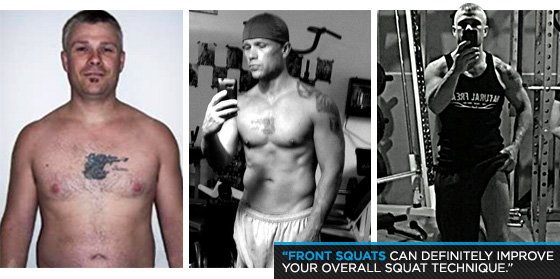
Also, if you have back injuries, back squats can aggravate them. Front squats allow your body to remain in a more upright, natural position, and they put less stress on your back. You'll still get the strength gains without the pressure on your spine.
Angelique: I find abdominal training is just as important as any other muscle group, but it shouldn't be the main focus. If you want better abs, you need to hit the weights and clean up your diet!
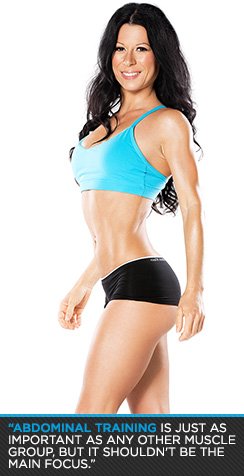
I have a few favorite abs exercises. Plank variations are my favorite. I like to have my clients do them with their hands or feet on a bench or ball, or bring their knees in, or do mountain climbers. I also like hanging leg raises. I remind my clients to focus on raising their hips.
Ben: I believe ab training has its time and place, but proper form during squats, deadlifts, and other compound movements, plus nutrition, are more important than focusing on how many sit-ups you can do. I do minimal abdominal-specific exercises, and try to encourage connecting the core with every body part that is being worked.
To be able to perform a great squat, deadlift, overhead press, and more, you must have a stable and well-developed core. Don't get me wrong, I still love variations of hanging wipers, decline sit-ups, and ab roll-outs, but to be able to efficiently train and maximize your results, connect the core through executing proper form.
Robert: Your abs are muscles like any other and must be treated as such. However, it's also important to keep in mind that they get worked by doing many other movements. In order to ensure you hit all the abdominal muscles, you must still train them directly.
My favorite ab movements consist of crunches, cable crunches, hyperextensions, toe touches, dumbbell side bends, lying leg lifts, and hip thrusts. For optimal development, your abs need time to recover. There's no need to do them every day.
Have more questions you'd like to see answered by personal trainers or coaches? Hit me up in the comments below!
Contact Info: www.obiobadike.com
Like his Facebook fan page: http://www.facebook.com/oobadike
Twitter Info: https://twitter.com/#!/obadike1
Email address: obifitness@verizon.net
